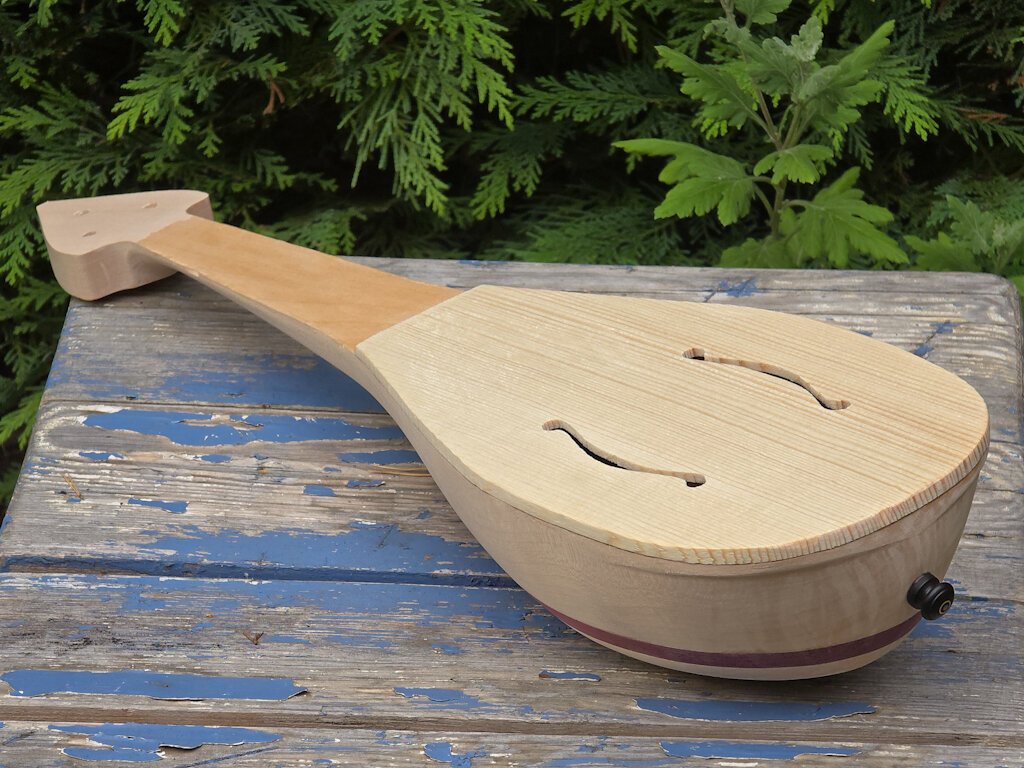I have a workpiece that I want to give an oil finish, but a certain area needs to stay oil-free, because I need to attach a part later on using hide glue. What masking method is safe for oil?
So, I don’t have an answer, but I think the challenge you’ll face is that the oil you apply nearby will want to penetrate the wood and spread to the area that will be glued.
You could try pre-treating the area where the glue will go with another absorbent coat (maybe even mineral spirits would work) and hope that the oil wont have any purchase to hold onto in that area. Once the mineral spirits evaporate, you’ll be able to apply your glue.
That’s the best guess I’ve got. Best of luck!
You don’t have any choice but to pre-finish? The safest option would be to glue it up and finish later, but that’s not always an option due to accessability.
you probably know this already, but one of the nice things about hide glue is that it doesn’t show up in the finish if you don’t clean it up perfectly the way PVA glues do. of course, you may have more limited access after glue up like Bradley said.
one idea -full disclosure, I’ve never tried this - would be to apply a layer of hide glue as a masking agent. since hide glue is reversible, and assuming you’ll have good access to the masked area after you apply the oil finish, you should be able to remove that high glue with heat and moisture after you’re finish is applied.
I’m now doing the hide glue method. I did a test piece and oil doesn’t seem to penetrate the hide glue at all.
that’s great to hear and thanks for taking the time to post a follow up! that’s mighty lemmy of you ;)
got any pics to share?
I think the masked-off area is easy to spot:

The body got an alcohol-varnish and the fingerboard is oiled. Worked pretty well.
I posted the full build here: https://lemmy.world/post/19796054
Couldn’t you use painter’s tape? Unless your glue joint is thin, it won’t matter if some of the oil seeps past the tape. Pre-finishing is way easier than finishing after final assembly.
Shellac


